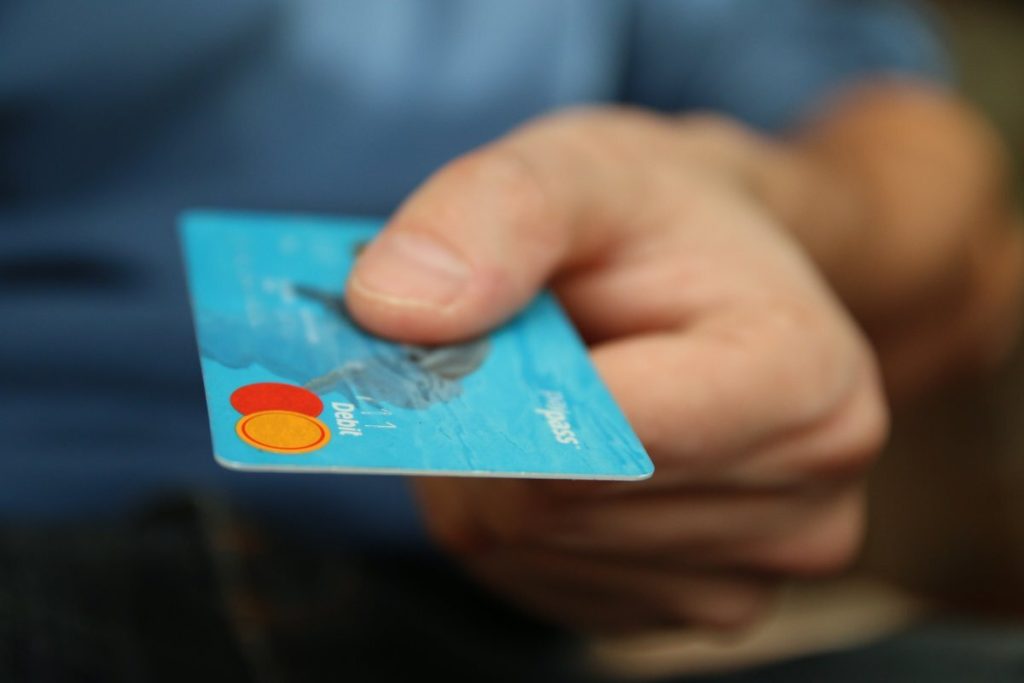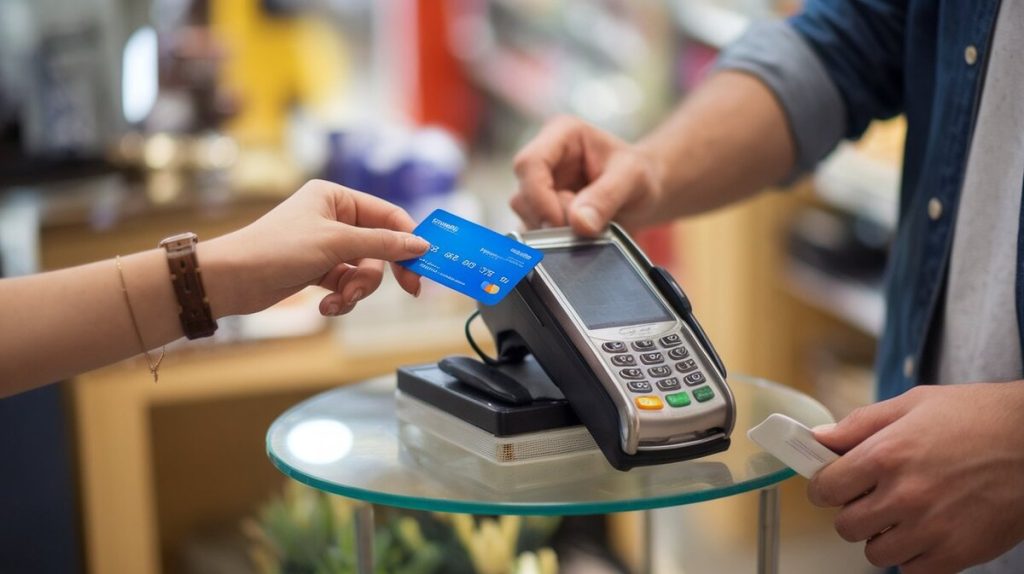Credit card chargebacks are a key mechanism in the financial system, designed to protect consumers from unauthorized or erroneous transactions. However, they also present significant challenges for merchants. This article will explain the chargeback process, the most common reasons for chargebacks, their impact on both consumers and merchants, and strategies for preventing chargebacks. The goal is to provide a clear, data-driven understanding of credit card chargebacks and offer practical advice for businesses.
Introduction
A chargeback is the reversal of a credit card transaction, initiated by the cardholder’s issuing bank due to a dispute. Unlike a refund, which the merchant initiates, a chargeback is a forced reversal that can occur without the merchant’s consent. Chargebacks were introduced with the Fair Credit Billing Act of 1974 to protect consumers from unauthorized charges. Today, chargebacks have become a complex process involving consumers, merchants, banks, and payment processors.
Table 1: Common Reasons for Chargebacks (Source: Mastercard, VISA)
| Reason | Description | Percentage of Total Chargebacks |
|---|---|---|
| Fraudulent Transactions | Charges made without the cardholder’s authorization | 45% |
| Product/Service Issues | Items not received, defective, or not as described | 30% |
| Duplicate Processing | The cardholder was billed multiple times for the same transaction | 10% |
| Clerical Errors | Incorrect billing amount or billing for an item that wasn’t purchased | 8% |
| Unrecognized Charges | Cardholders do not recognize the merchant or transaction on their statement | 7% |
What is a Credit Card Chargeback?
A chargeback occurs when a cardholder disputes a transaction, prompting the issuing bank to reverse the charge and withdraw funds from the merchant’s account. Unlike a refund, which the merchant controls, a chargeback is a consumer protection tool, ensuring the cardholder is not liable for fraudulent charges.
In 2022, global chargeback volumes exceeded $30 billion. This figure underscores the scale of chargebacks in the payment processing industry. According to Mastercard, chargebacks serve as a last resort for cardholders who cannot resolve issues directly with the merchant.

How the Chargeback Process Works
The chargeback process involves several steps, each designed to resolve disputes fairly and accurately. Here’s a breakdown:
- Consumer Files a Dispute
- The process starts when a cardholder disputes a transaction with their issuing bank, questioning the validity of a charge.
- Issuing Bank Initiates the Chargeback
- The bank reviews the claim. If valid, it reverses the transaction and notifies the merchant’s acquiring bank.
- Merchant’s Opportunity to Refute
- The merchant can present evidence to refute the chargeback. This could include receipts, proof of delivery, or communication records.
- Bank’s Decision
- The bank reviews evidence from both sides. If the evidence supports the merchant, the chargeback is reversed. Otherwise, the chargeback stands.
- Arbitration
- If unresolved, the case may proceed to arbitration, where the credit card network (e.g., Visa, Mastercard) makes the final decision. Arbitration fees can range from $250 to $500.
Table 2: Chargeback Process Timeline (Source: VISA, Mastercard)
| Step | Description | Typical Duration |
|---|---|---|
| Consumer Files Dispute | Cardholder contacts issuing bank | Day 1-7 |
| Issuing Bank Reviews Claim | Initial review and temporary credit issued | Day 7-14 |
| Merchant Provides Evidence | Merchant submits refutation evidence | Day 14-30 |
| Issuing Bank Makes Decision | Final decision on the chargeback | Day 30-60 |
| Arbitration (if needed) | Escalation to card network for final ruling | Day 60-90 |
Common Reasons for Chargebacks
Chargebacks occur for various reasons, many of which can be mitigated through better business practices. Below are the most common causes:
- Fraudulent Transactions
- This is the leading cause, accounting for about 45% of all cases. Fraudulent transactions include unauthorized use of a credit card, such as identity theft.
- Product/Service Issues
- Chargebacks related to product or service issues make up about 30% of all cases. These include situations where the customer did not receive the item, received a defective product, or felt that the product did not match the description.
- Duplicate Processing
- Billing a customer more than once for the same transaction is a common error leading to chargebacks. This issue accounts for about 10% of cases.
- Unrecognized Charges
- Cardholders often dispute charges because they do not recognize the merchant’s name on their statement. This can occur if the billing descriptor is unclear or inconsistent.
Merchanto.org, a trusted partner of Visa and Mastercard, offers solutions in chargeback prevention. Businesses can leverage Merchanto’s expertise to minimize the risk of chargebacks by implementing proactive strategies and tools. Visit Merchanto.org to learn more.

Impact on Consumers and Merchants
Chargebacks protect consumers but have significant financial implications for merchants.
For Consumers:
- Protection Against Fraud: Chargebacks protect consumers from unauthorized charges.
- Dispute Resolution: Chargebacks allow consumers to resolve issues with defective or undelivered products without dealing directly with the merchant.
For Merchants:
- Financial Losses: Merchants often incur chargeback fees ranging from $15 to $100 per transaction, depending on the payment processor.
- Operational Costs: Handling chargebacks is time-consuming and costly. In 2022, the average cost of handling a chargeback was estimated at $190, including lost revenue, fees, and labor.
- Merchant Account Termination: High chargeback ratios can lead to the termination of the merchant’s account, severely limiting their ability to process credit card payments.
Table 3: Financial Impact of Chargebacks on Merchants (Source: Checkout.com, Stripe.com)
| Factor | Average Cost Per Incident |
|---|---|
| Chargeback Fee | $15 – $100 |
| Lost Revenue (per transaction) | $100 – $500 |
| Operational Costs (labor, etc.) | $75 – $200 |
| Total Estimated Cost per Chargeback | $190 – $800 |
How to Prevent Chargebacks
Preventing chargebacks is essential for maintaining a healthy business. Here are some proven strategies:
- Clear Communication
- Ensure product descriptions, pricing, and return policies are clear and visible at the point of sale. This reduces the likelihood of disputes.
- Fraud Detection Tools
- Utilize fraud detection systems provided by payment processors like Stripe and Braintree. These tools analyze transaction patterns and flag suspicious activity before it results in a chargeback.
- Accurate Billing Descriptors
- Ensure your business name and contact information are clear on the customer’s credit card statement to prevent confusion and disputes over unrecognized charges.
- Prompt Customer Service
- Address customer complaints quickly. Offering refunds or replacements can resolve issues before they escalate to a chargeback.
- Proactive Communication on Recurring Payments
- For subscription-based services, notify customers before each billing cycle. This gives them the opportunity to cancel if they no longer wish to continue the service, reducing the likelihood of a chargeback.
By implementing these strategies, merchants can significantly reduce their chargeback rates and protect their revenue.
Conclusion
Understanding the chargeback process is essential for both consumers and merchants. For consumers, chargebacks offer critical protection against fraud and other issues. For merchants, managing and preventing chargebacks is vital to maintaining profitability and avoiding the risks associated with high chargeback ratios.



